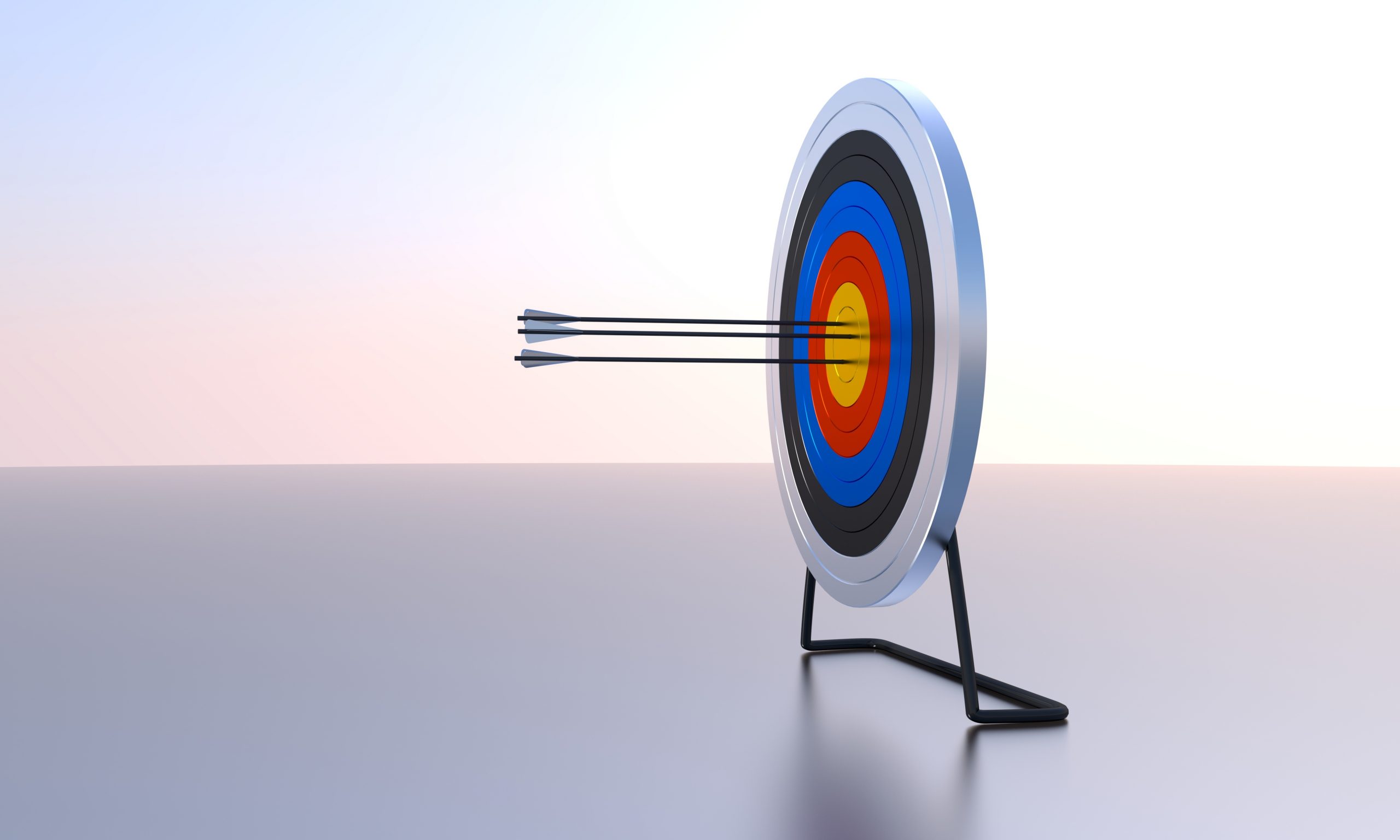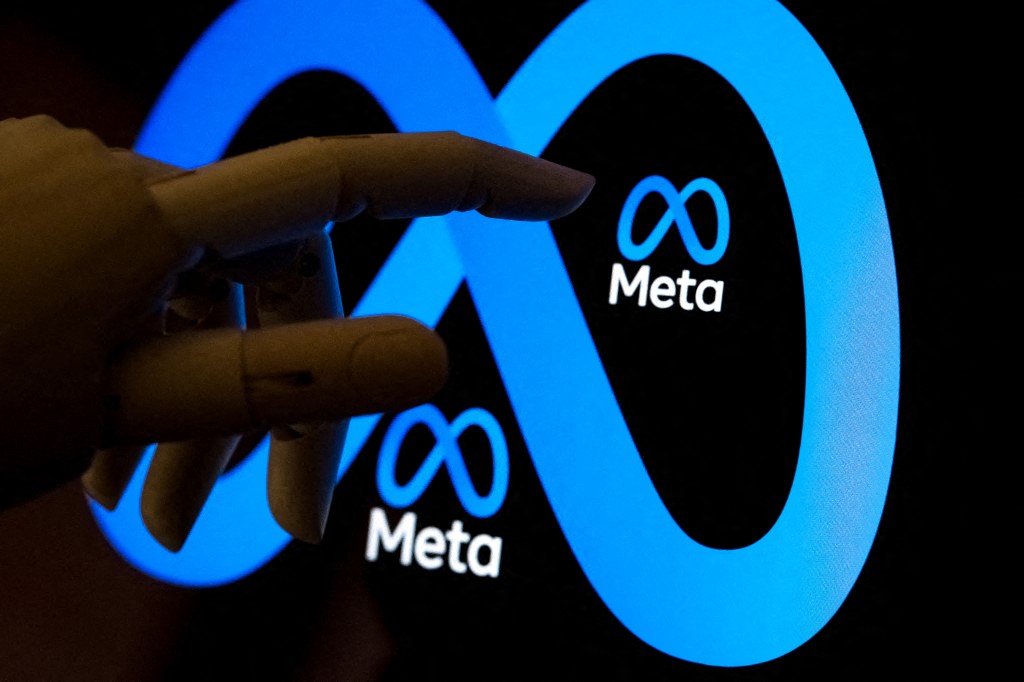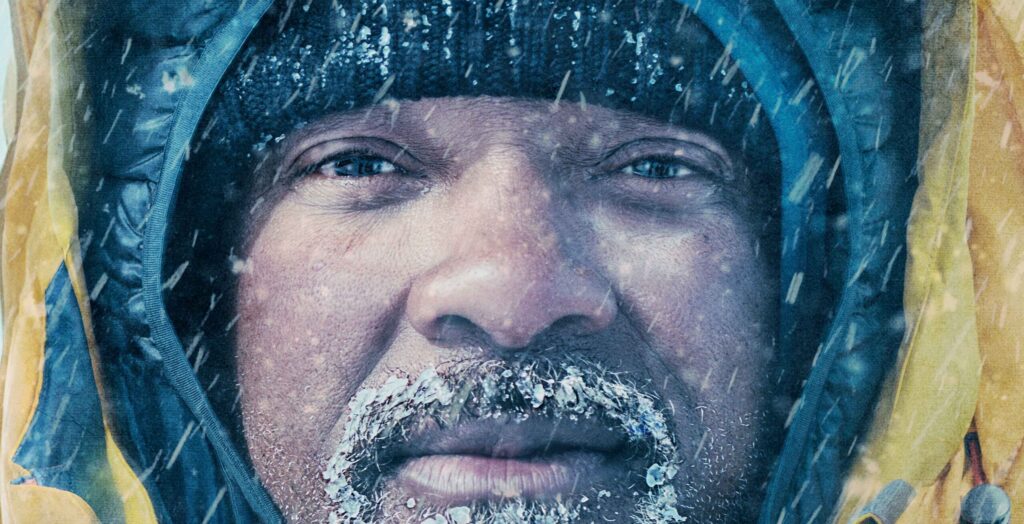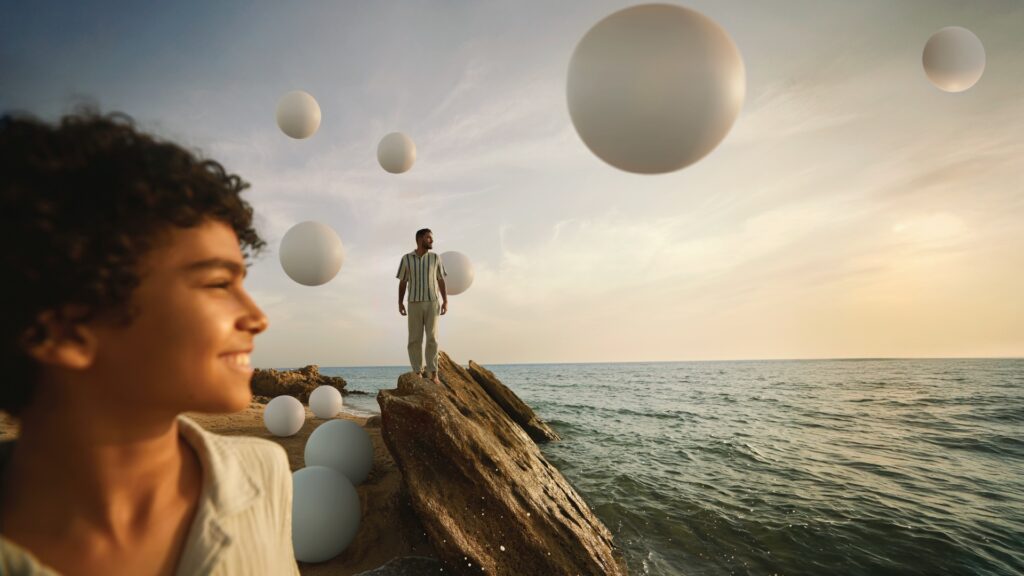
As more brands churn out video content by the minute, our timelines, feeds, and WhatsApp messages are bombarded with videos and animations that either capture our attention or make us skip them in a heartbeat. This is great news for people like me, who’ve been advocating video content for over a decade. It even inspired me to quit my job and open a content agency!
The ride hasn’t been easy for brands and it’s heartening to see YouTube brand channels growing in quantity. However, the strategies applied to the second-most popular search engine often misses the mark from a quality perspective. YouTube is more than just a free repository for your brand videos, after all. The million-subscriber question remains: How does one go about developing a YouTube strategy in the first place? Just having the intent to create one and following through will place you ahead of the pack.
Many times, clients and agencies upload content to their YouTube channels as a backup of their videos, or to run their Google Display campaigns, but little thought goes into exploiting this engaging platform. Your YouTube channel is an extension of your brand’s communication, and it should be treated as such.
I’ve made an attempt to put together a ‘cheat sheet,’ based on the insights we’ve gained whilst handling video content for our clients. I hope you find it useful.
- Consider YouTube as a channel that will support your campaigns, SEO, and retention to brand messaging, not just as a video upload platform.
- It is vital to make sure your YouTube videos are optimized to appear on Google Search when someone searches for relevant keywords associated with your brand promise. Meta tag to your heart’s content.
- Stop treating YouTube as an afterthought when it comes to campaign planning. Whilst the usual social media channels will always feature on the media plan, make sure YouTube is in the list.
- Give the same amount of attention to your YouTube channel’s look & feel as you do to your other social media channels and campaign creatives. This channel is your storefront and it should do justice to the great content you’re churning out. Brand Managers and marketeers are obsessed with a uniform customer experience, so why ignore your video channel?
- Get your hands dirty with the thumbnails, tagging, playlists, and info. The more, the better.
- There are a lot of cool features embedded within YouTube that help you curate audiences. For instance, end screens with CTA options to keep your audience engaged. Use them with gusto!
- Measure your success! The YouTube analytics dashboard is pretty straightforward. Among other important metrics, it will help you see what pieces of content viewers are actually consuming instead of just clicking on and navigating away from.
Covid-19 has been a wakeup call for clients, marketeers and agencies alike. Bill Gates referred to this in a recent interview with The Economist: “The experience of working from home and having access to content with bandwidths as low as 3MB/sec has been one of the most remarkable tests of the Internet infrastructure. Had the Internet infrastructure failed the world in this crucial time, the lockdowns would have been a lot different.”
It’s now essential that we ensure the infrastructure is used adequately.
As I tell most of my peers, digital channels are like bookshelves in a library, with marketeers and agencies the librarians. We have one job, and one job only: make sure the readers get the book they want, how they want, and when they want it.






